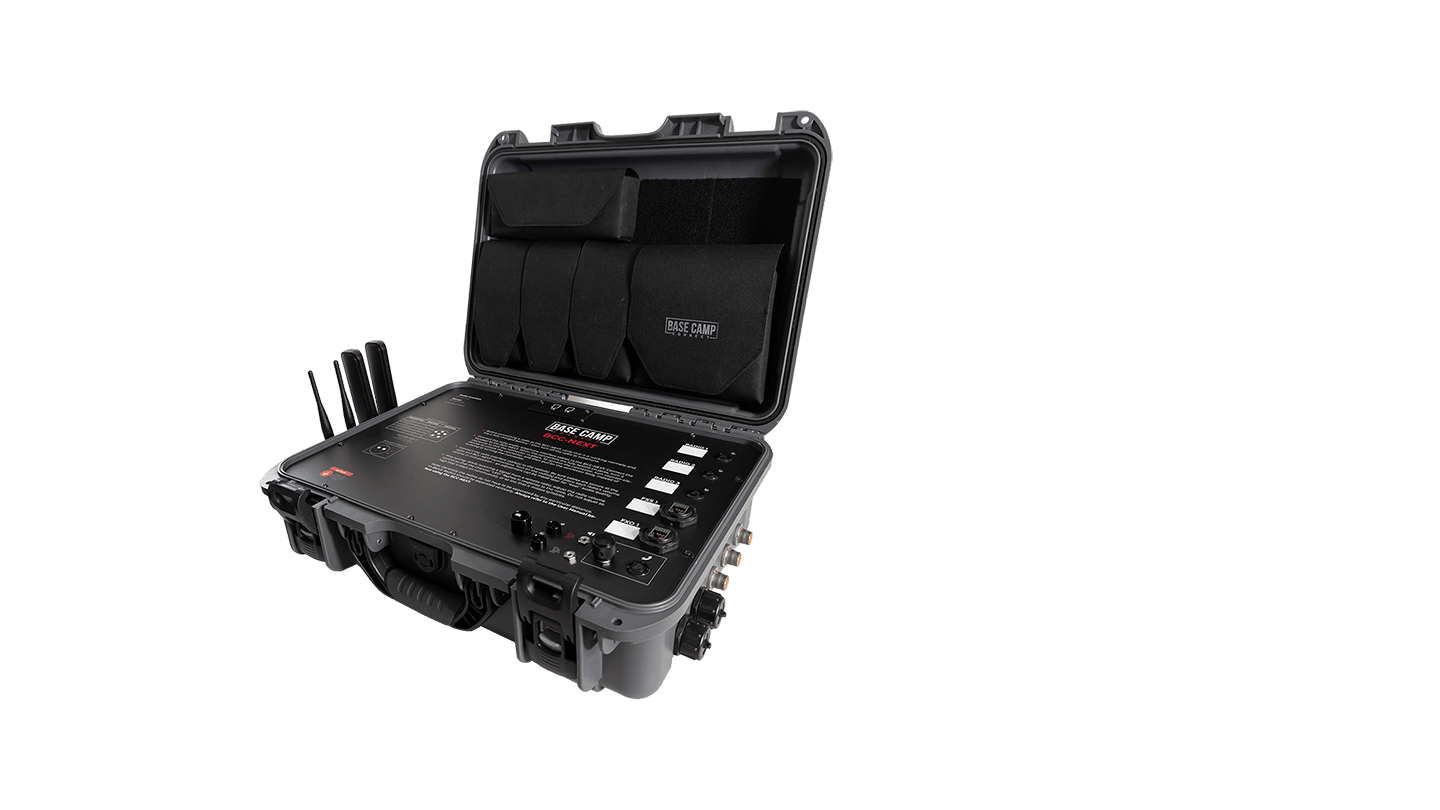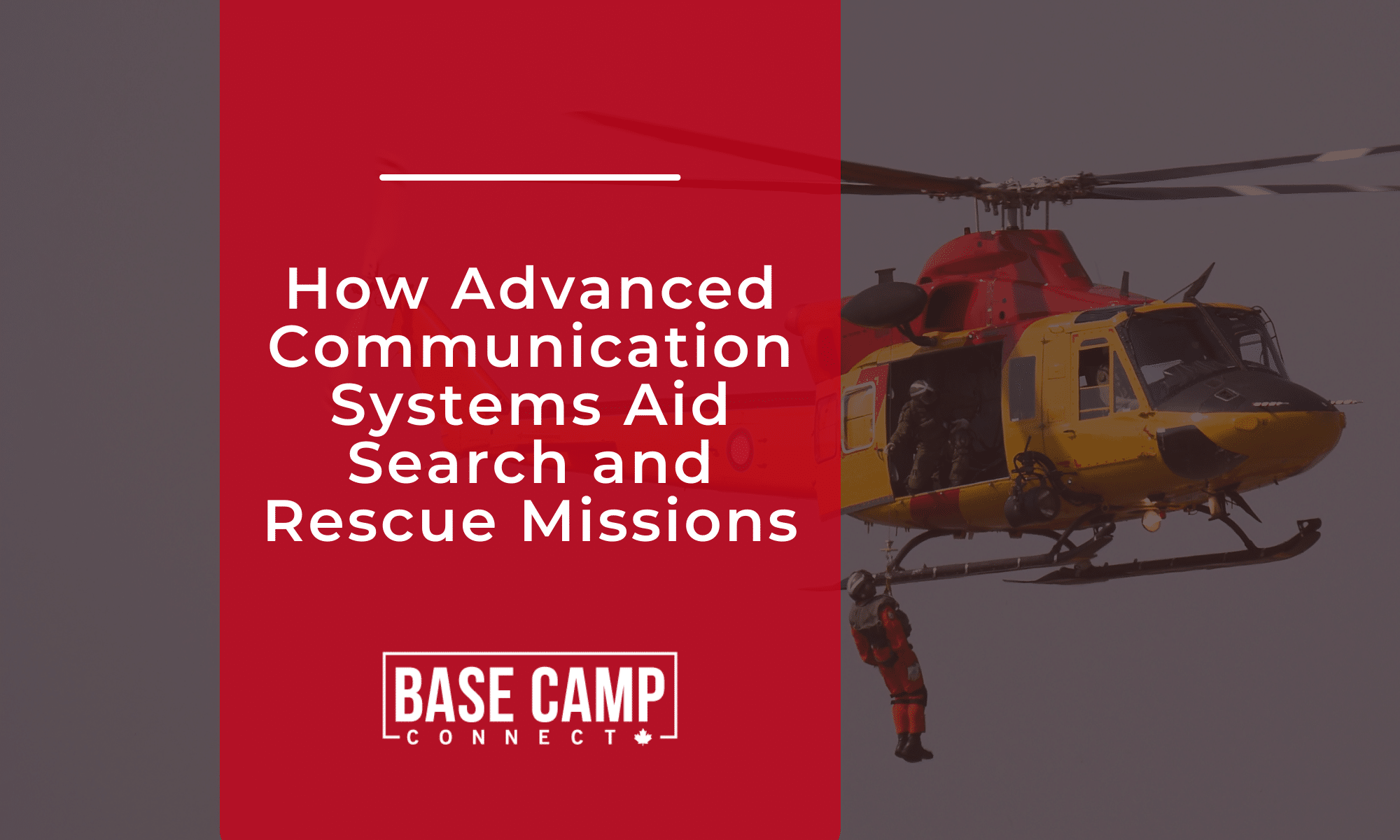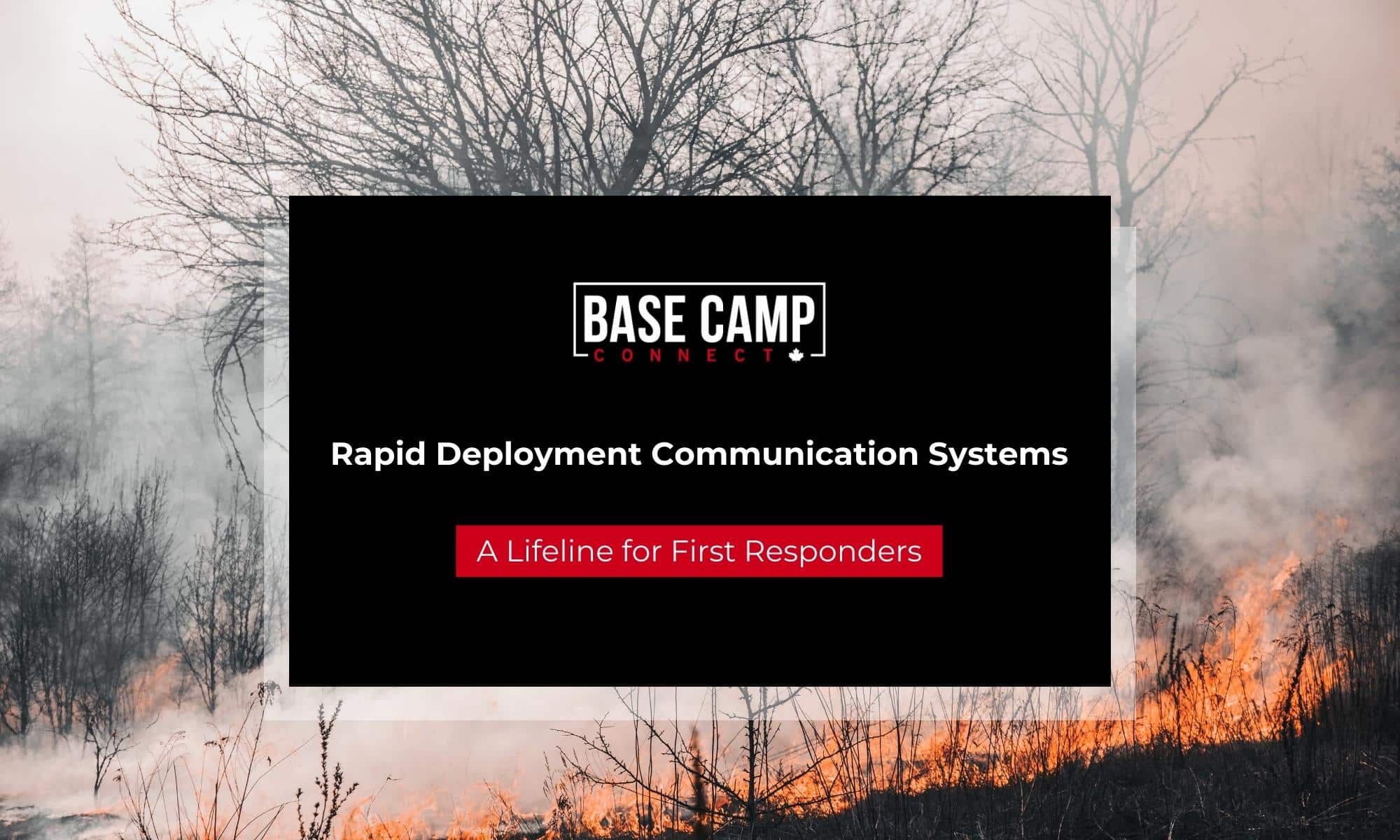Vulnerable populations have long presented issues in emergency management and public safety. The concept of having to not only communicate with those who have language barriers, but also trying to get them to commit to an action is difficult.
In a recent conference I attended, the speaker had a great saying on the board, it read “we plan for what we know how to respond to, and forget about what we don’t want to face”. I particularly found this truthful when reflecting upon my previous fire department I worked for as this was our department culture to ignore the things we didn’t know how to deal with. Unfortunately, shining the light into the darkness is the only way to truly improve our position.
When you think of the vulnerable populations in your area what typically comes to mind? The autistic children in your neighborhood, those that cannot speak or read English, or maybe the elderly who must rely upon nurses for day to day task? Ultimately, vulnerable populations can be a wide range of different individuals with an array of complicationsthat will make the communication barriers more tasking on public safety professionals. Issuing warnings or evacuation orders may not always be as easy as intended due to the vulnerable populations in our area, therefore how we think about these populations may be our biggest hindrance to our own success.
One time I was making a pitch to senior leaders in my organization about a mass warning notification platform and about half way through my explanation of the product and why I wanted to purchase it, two gentlemen simply got up and headed towards the door. When I asked them why they were departing so soon they responded, “we’re in the wrong room” in fact, these gentlemen were in the wrong meeting and it took nearly a half an hour for them to realize I wasn’t talking about a travel management systems. Point being: technical information and acronyms are frequently similar in various topics, but mean entirely different things. You have to know the audience and the audience has to be listening to the right message, otherwise we’re just wasting time.
Recently, my team was looking at a possible technology-based solution to this very issue. With a state-wide response area that includes a high population of vulnerable individuals and individuals that speak multiple languages, addressing how we are able to communicate with our citizens is a tough topic. Being an optimistic individual, I am very excited to see how the future of artificial intelligence may be able to bridge this gap. The ability for smartphones to automatically convert the message into the perceived language or be able to communicate the message to the visual and hearing impaired is a fascinating concept that is quickly becoming an affordable reality. Unfortunately, with the rise in the digital age, those who refuse or cannot afford the new technologies are now becoming vulnerable populations. Those with financial limitations or the elderly who don’t find the technology useful are becoming further isolated in the modern world.
Mass-warning notification systems and GPS enabled location services are incredible advancements in the technological world of emergency management, unfortunately not everyone has the ability to receive these notifications. In fact, there was a county in my state that was considering doing away entirely of their tornado sirens due to cost and the reality that almost everyone received the notifications via cellular notification much faster. But the commissioners quickly realized that this option was unfeasible due to about thirty individuals in the county that did not have smartphone devices. Sometimes our ability to quickly adapt to the modern technologies can be further detrimental to particular socio-economic and geographical populations.

In fact, sometimes the best solution to these problems is the simplest solution. In an area of the Midwest with a large Amish population, we frequently rely upon message runners or phones in the barns on their farms to notify the rest of the population. We found that an Amish family that lived beside the firehouse was able to hear the tornado sirens in town and would typically ride horseback to other farms to notify families of impending tornado warnings. Was this the fastest and most efficient way to notify them? Probably not, but it worked and it worked well for their situation and capabilities.
“The single biggest problem in communication is the illusion that it has taken place”
…. George Bernard Shaw














